What food could possibly be so exciting that a chimpanzee would willingly pass up fresh fruit, peanuts, chow, and smoothie? Why, it’s grass, of course!
Yes, for a few weeks each year the chimpanzees at CSNW become grazers, chomping down on grass at a rate more in line with the cows they share their sanctuary home with. What’s so great about grass? You got me. Wild chimpanzees do naturally consume significant amounts of browse—fibrous foods such as shoots, stems, and leaves—but the chimps at CSNW don’t eat any other browse with the same gusto as they do spring grass. This time of year, the grass is at its sweetest and most tender, as the cows will most certainly attest. But is it really better than smoothie?
Speaking of grazing (and with it being Earth Day and all), I thought I’d mention one of the projects we’ve been working on: Converting our pasture fencing to wildlife-friendly fencing. The original sanctuary property and the four parcels we purchased in recent years were part of a large homestead ranch that was in operation for a least a century. During that time, most of the pastures were fenced using barbed wire or a combination of barbed wire and woven field fence. Unfortunately, we’ve seen firsthand the toll this kind of fencing can take on wildlife. First, there’s the very real risk that wildlife, such as deer or elk, will get injured by or caught up in a fence. And second, there’s the problem of fawns being separated from their mothers as their moms cross over pasture fencing too high for them to jump. After doing a lot of research, we decided to transition to 3-wire high-tensile electric fencing, which can effectively contain our cows while allowing wildlife such as deer, elk, bobcats, and marmots to cross over or under safely. And for pastures no longer in use, the fences can be removed and the areas can be slowly re-wilded. As we work on finalizing our master site plan, we will also do so with an eye toward preserving wildlife migration corridors throughout the 113-acre property. After all, it’s not much of a sanctuary if it’s not also a home for the animals that were here first.
And last but not least, allow me to share some photos of Negra from today’s lunch forage:
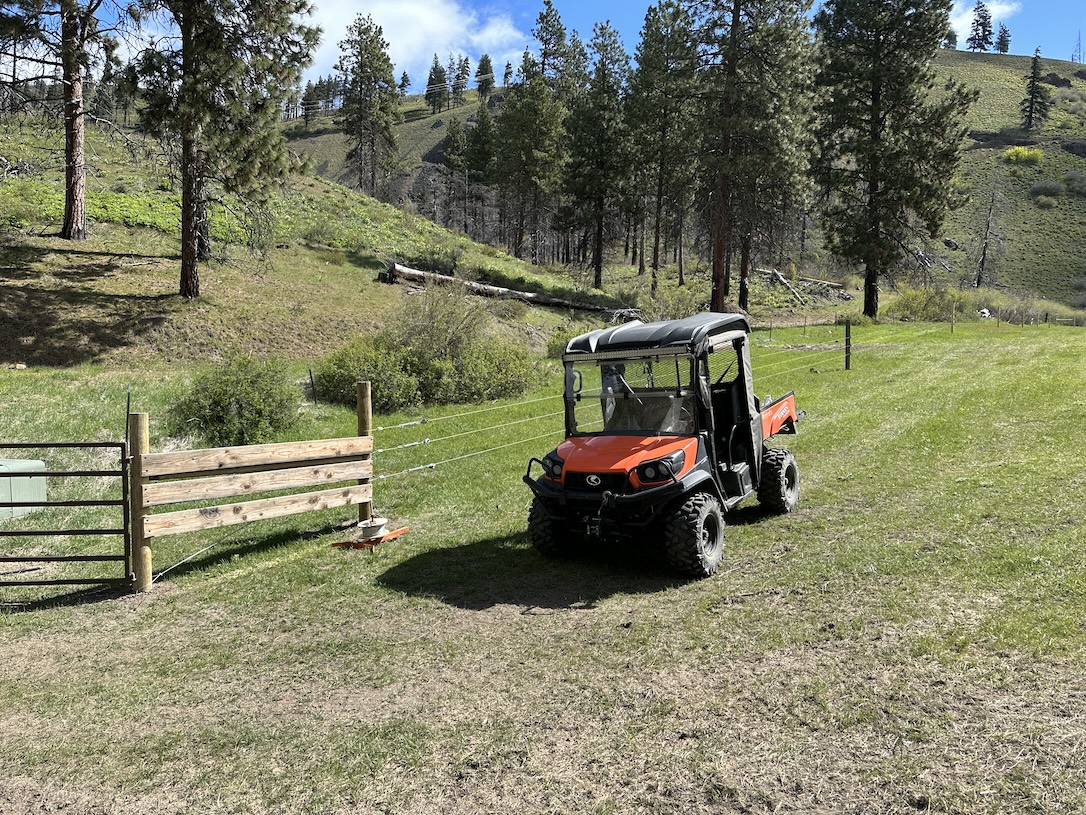
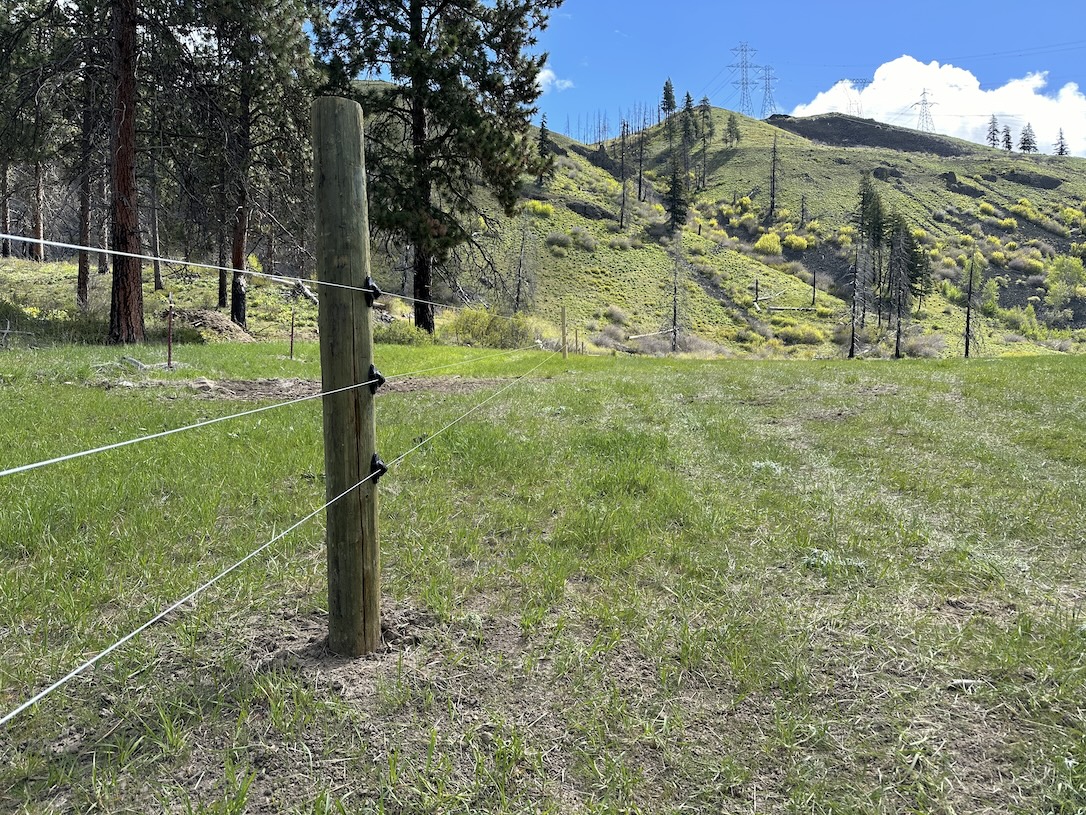
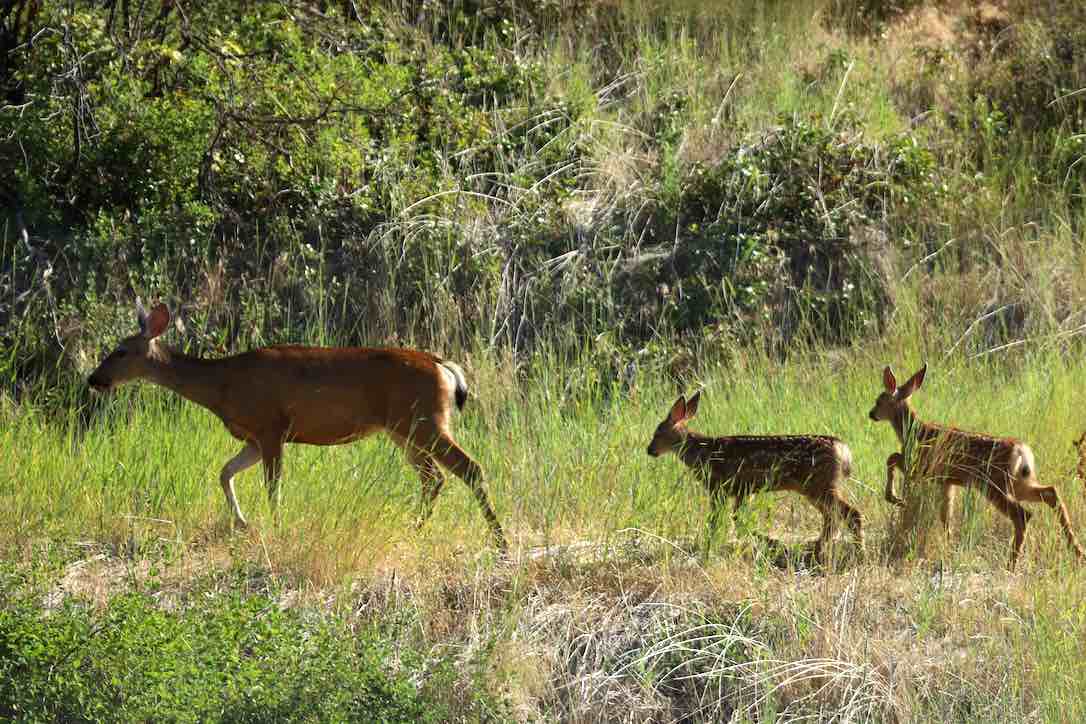
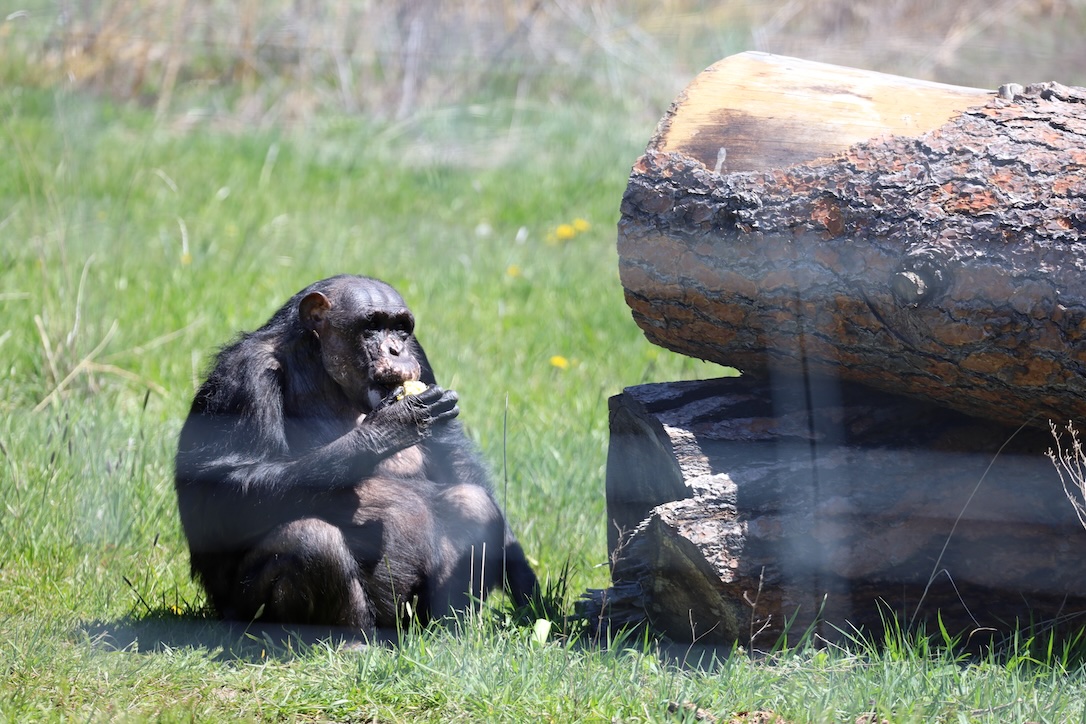
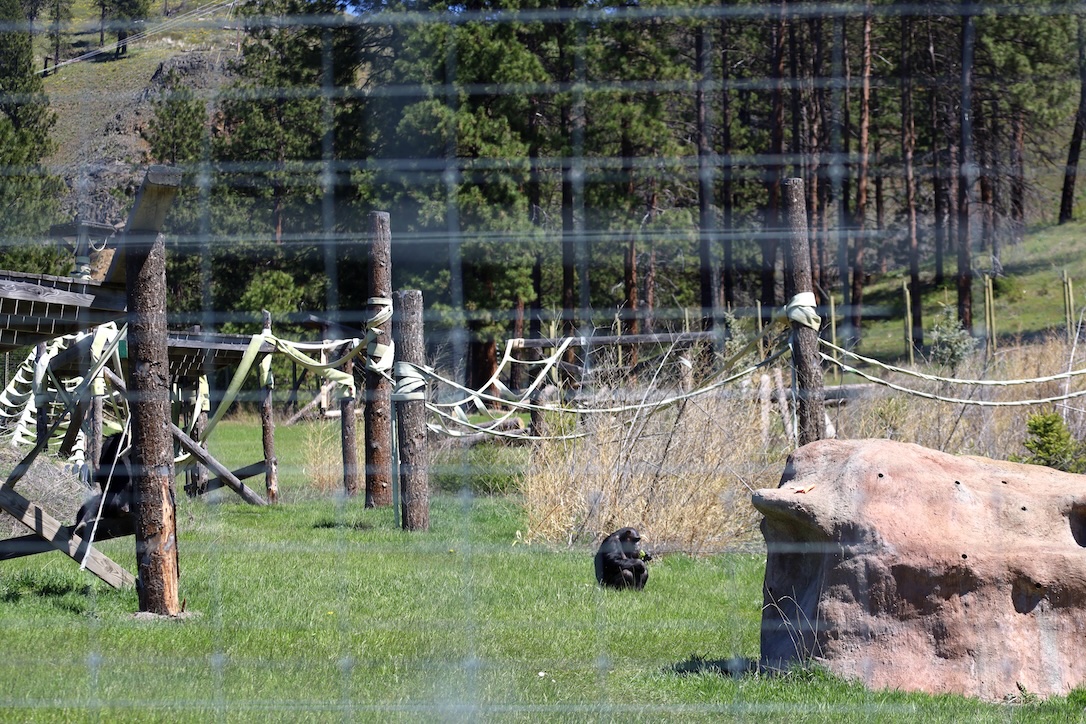

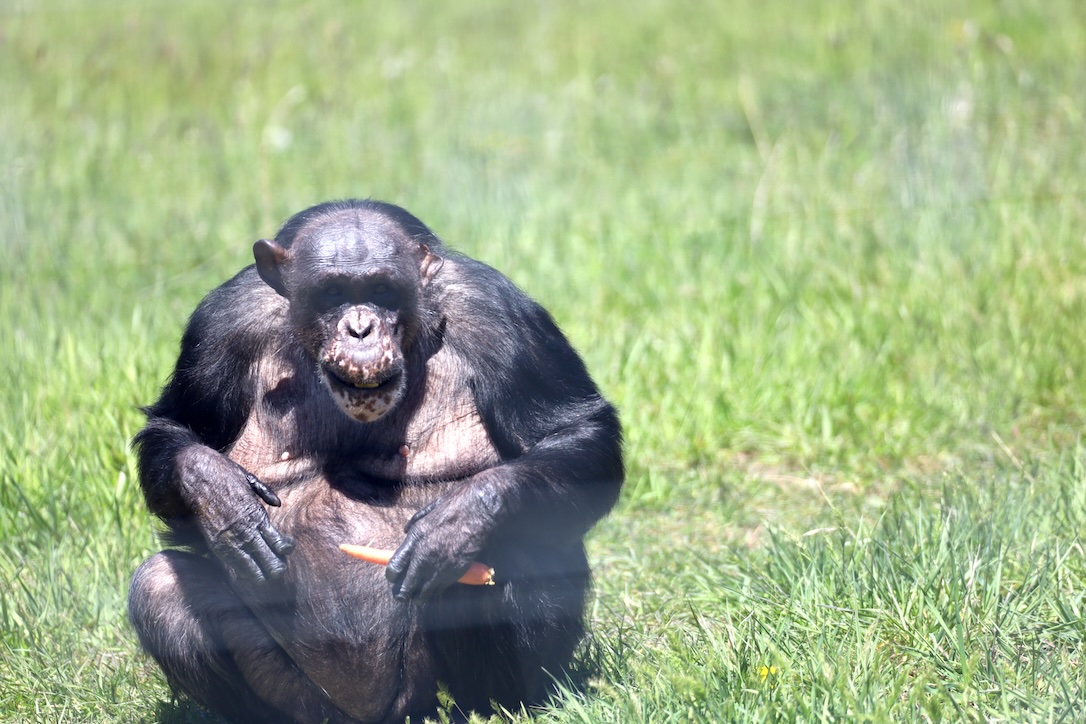
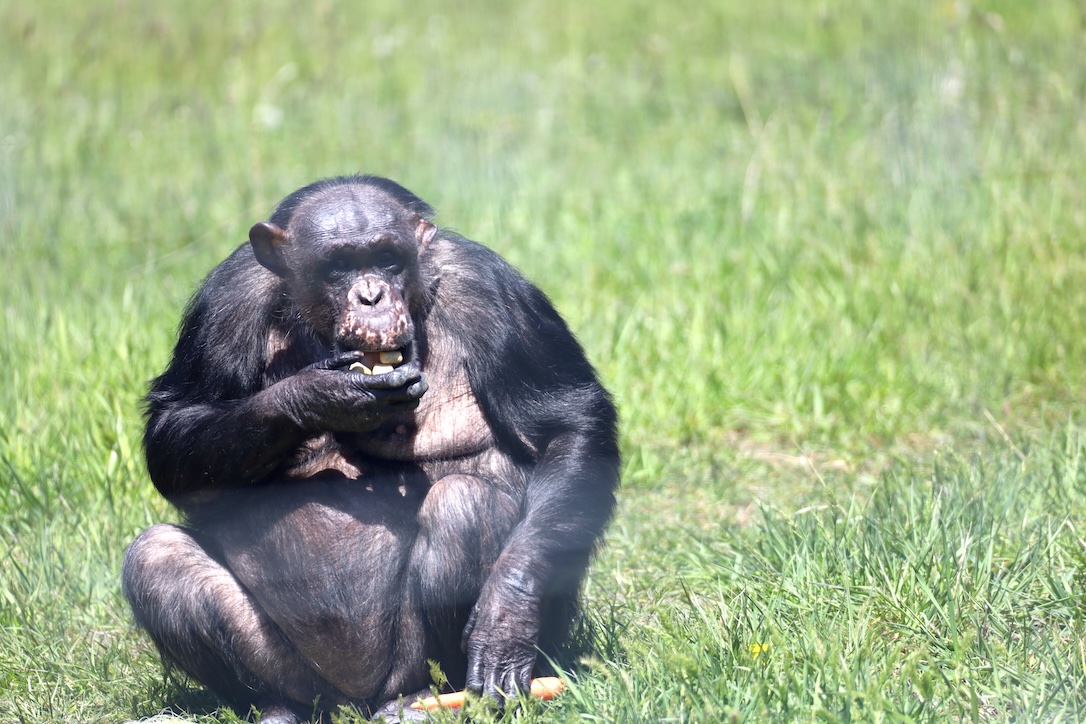
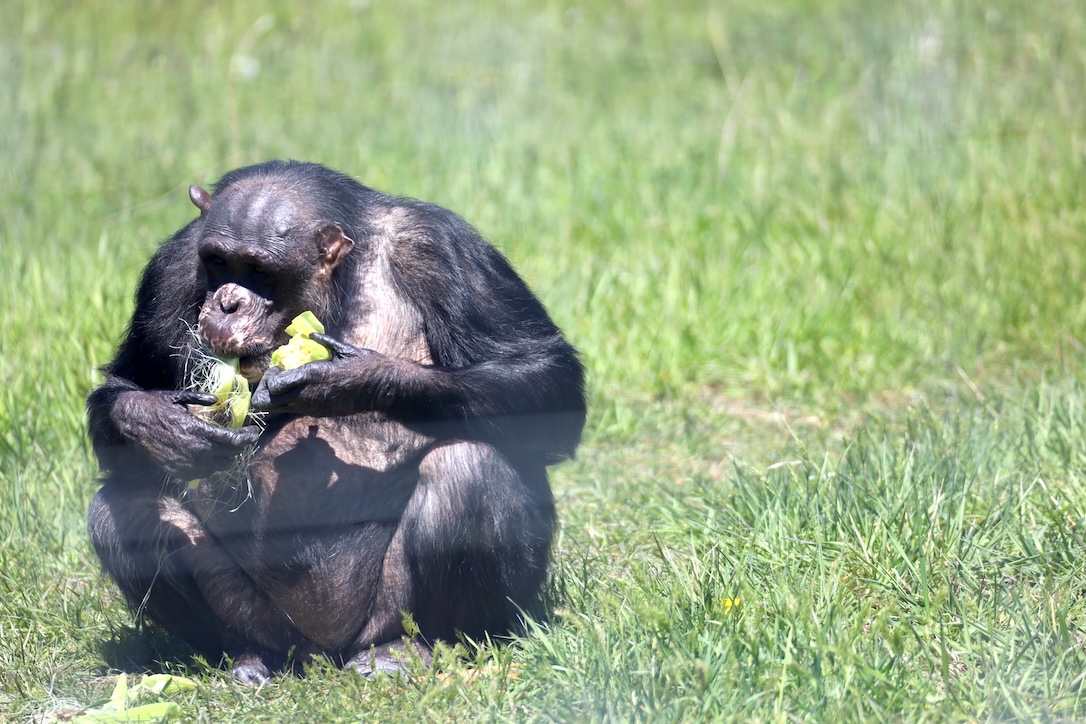





Considering that smoothies and peanuts are low-expenditure, bc they’re right there, it’s amazing that they love to put out the effort to go get that grass in the morning!
JB, is it primarily in the morning that they go after it? Could it have something to do with the dew? Or do they also love it just as much in the afternoons?
Neggie got quite a variety there! Carrot, chow, something green and…is that ….could it be….CORN!?
They enjoy eating grass in the afternoon, too!
Neggie’s finding that there’s reason to come out from under the covers:grin:Nice…looks like Corn Linda C …but no telltale signs on her Budda Belly :corn::corn::corn:
It’s wonderful to see everyone chomping away on fistfuls of sweet fresh springtime grass! I’m not sure I’ve ever seen anyone but Negra enjoying grass. Clearly grass is trending with Negra’s group. Does this mean Negra is an influencer?! :). Look how content she looks in these photos.
Thanks for today’s blog. It’s packed full of information. I’ve been reading how environmental groups work with or are trying to work with ranchers to build fencing like yours to create wildlife corridors. In many cases it’s a process. If only everyone were to plan like you do. You truly do take everything into account, every little and big thing, when making improvements to the sanctuary. It’s amazing! We should all be half as compassionate and environmentally concerned. Thanks J.B., you make every day Earth Day!
I love seeing Missy on the move with her fistful of grass. Of course, Neggie just parks herself and enjoys the grass right there ?
I have wondered, do Cys group know they can eat the grass??
I’m not sure that everyone knows that yet but one morning I couldn’t find Gordo at breakfast and he was outside eating fistfuls of grass!